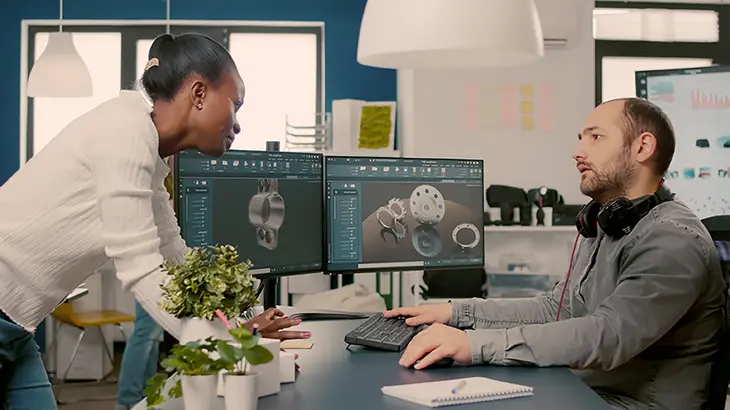
Mastering the Art of Miniature Sculpting: A Beginner's Guide
- Admin
Miniature sculpting is a captivating art form that allows creators to bring their imagination to life on a tiny scale. Whether you're crafting miniature figures, creatures, or landscapes, mastering the techniques of sculpting can unlock endless possibilities for creativity. In this beginner's guide, we'll explore the fundamentals of miniature sculpting and provide practical tips to help you embark on your sculpting journey.
Understanding Your Materials
Before diving into sculpting, it's essential to familiarize yourself with the materials commonly used in miniature sculpting. Polymer clay, such as Sculpey or Fimo, is a popular choice due to its versatility and ease of use. Other options include epoxy putty, air-dry clay, and even traditional sculpting materials like wax or resin. Experiment with different materials to find the one that best suits your preferences and project requirements.
Tools of the Trade
Equipping yourself with the right tools is crucial for achieving precision and detail in your miniature sculptures. Basic tools for sculpting include sculpting tools with various shapes and sizes, precision knives or blades, sculpting wire for armatures, and texture stamps or rollers for adding surface detail. As you gain experience, you may choose to invest in specialized tools tailored to your specific sculpting needs.
Creating a Strong Armature
A sturdy armature serves as the foundation for your miniature sculpture, providing support and structure throughout the sculpting process. Use sculpting wire or armature mesh to build the basic shape of your sculpture, ensuring it has the necessary strength to withstand manipulation and detailing. Pay close attention to proportions and symmetry at this stage, as they will influence the overall appearance of your finished sculpture.
Sculpting Techniques
Begin by blocking out the basic shapes of your sculpture, focusing on establishing proportions and overall form. Use your fingers or sculpting tools to gradually refine the shapes and add detail, working from larger features to smaller ones. Keep in mind the scale of your miniature and strive for clarity and readability in your sculpted elements. Experiment with different techniques, such as additive sculpting (adding material) and subtractive sculpting (removing material), to achieve the desired results.
Adding Detail and Texture
Detailing is where your miniature sculpture truly comes to life. Pay attention to texture, surface finish, and fine details to enhance the realism and character of your creation. Utilize sculpting tools, dental tools, or even household objects to create intricate textures such as fur, scales, or fabric folds. Take your time during this stage, as small details can have a significant impact on the overall quality of your sculpture.
Finishing Touches and Refinement
Once you're satisfied with the sculpted details, take a step back and assess your work as a whole. Make any necessary adjustments to proportions, symmetry, or overall composition to achieve harmony and balance in your sculpture. Smooth out any rough areas or imperfections using fine-grit sandpaper or sculpting tools, paying attention to achieving a consistent surface finish throughout.
Practice, Patience, and Persistence
Like any skill, mastering miniature sculpting requires practice, patience, and persistence. Don't be discouraged by initial setbacks or imperfect results – every sculptor starts somewhere. Embrace the learning process, seek inspiration from other artists, and continue honing your craft with each new project. With dedication and determination, you'll soon discover the joy and satisfaction of bringing your miniature visions to life through the art of sculpting.
